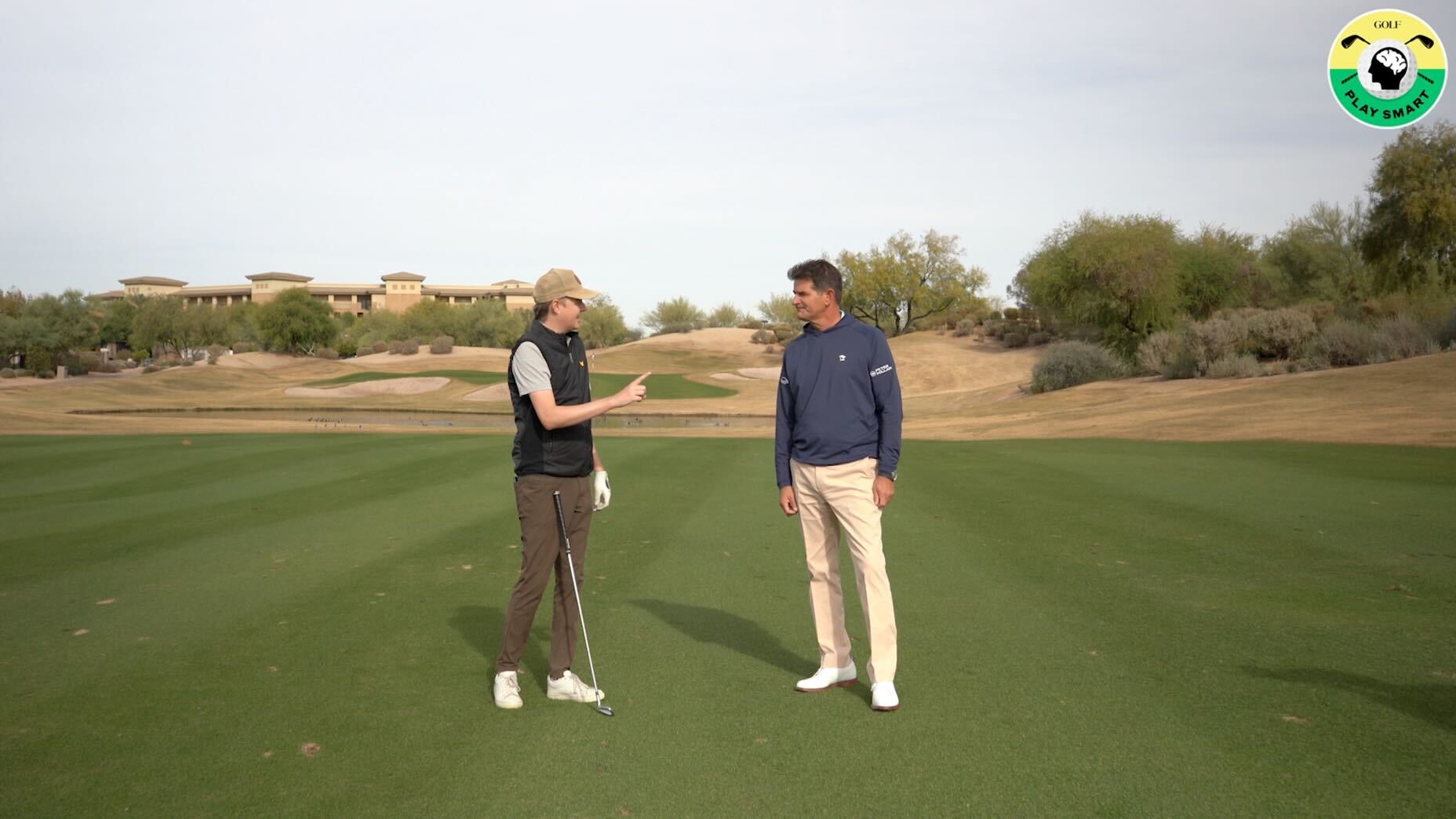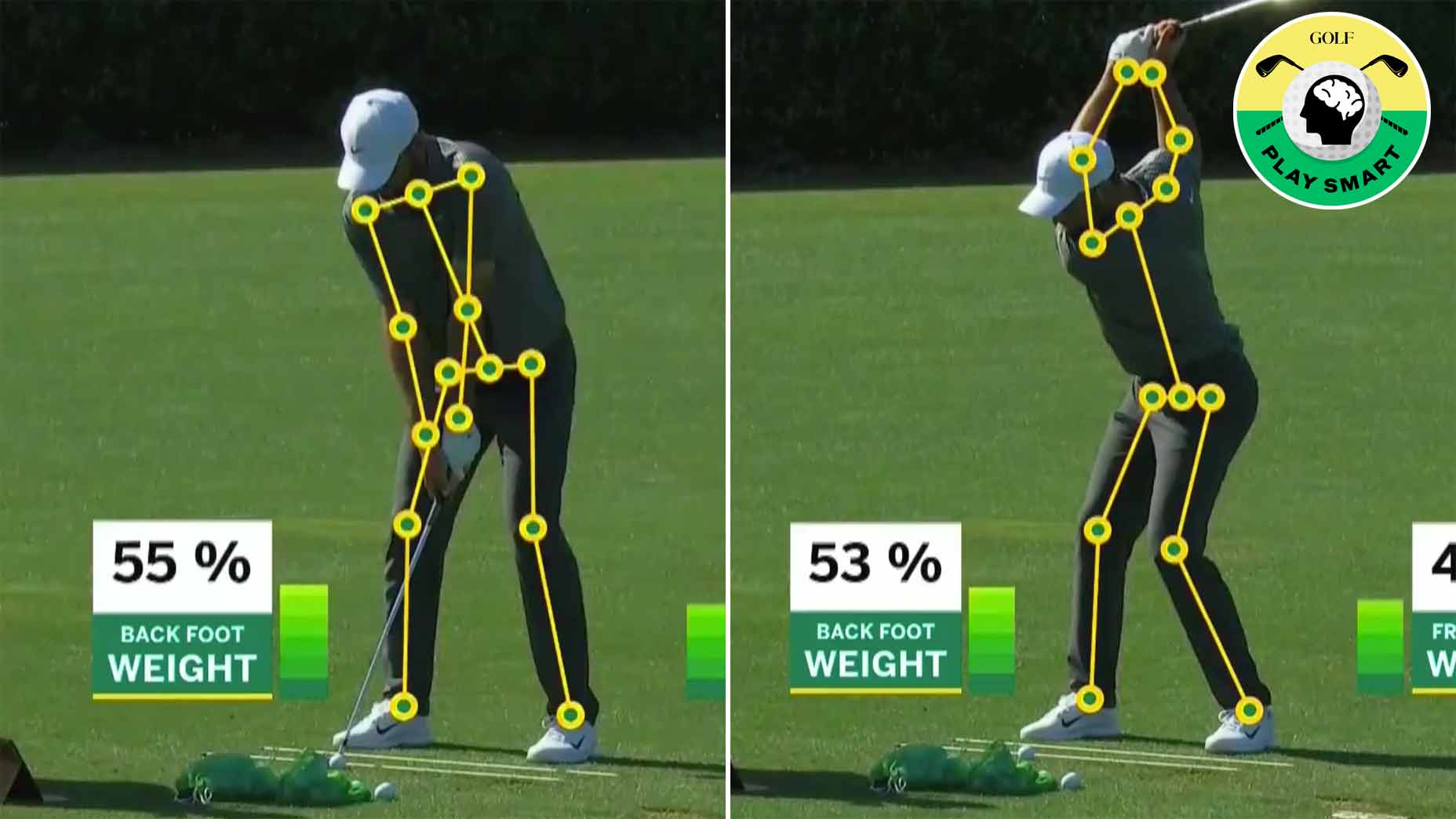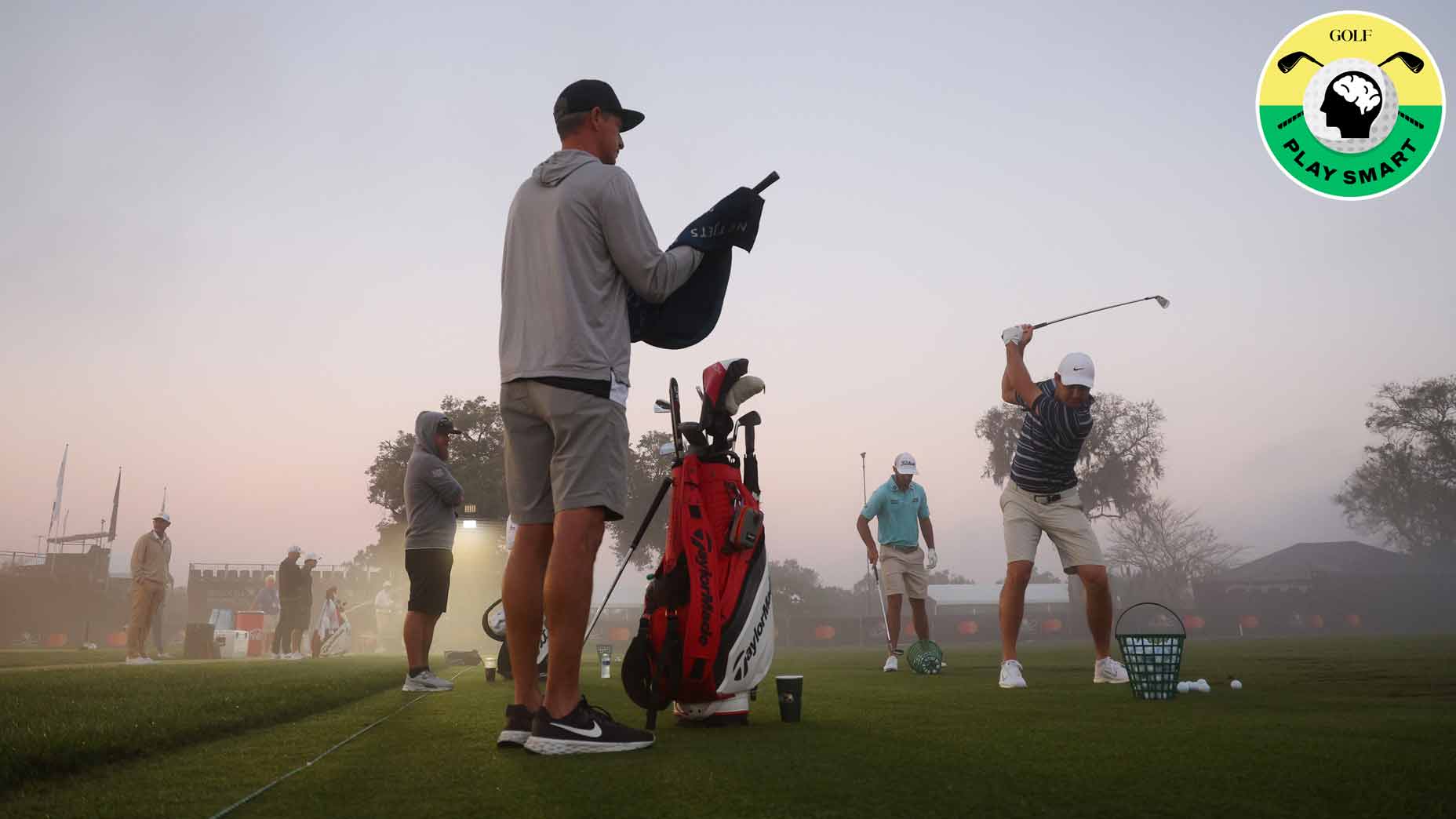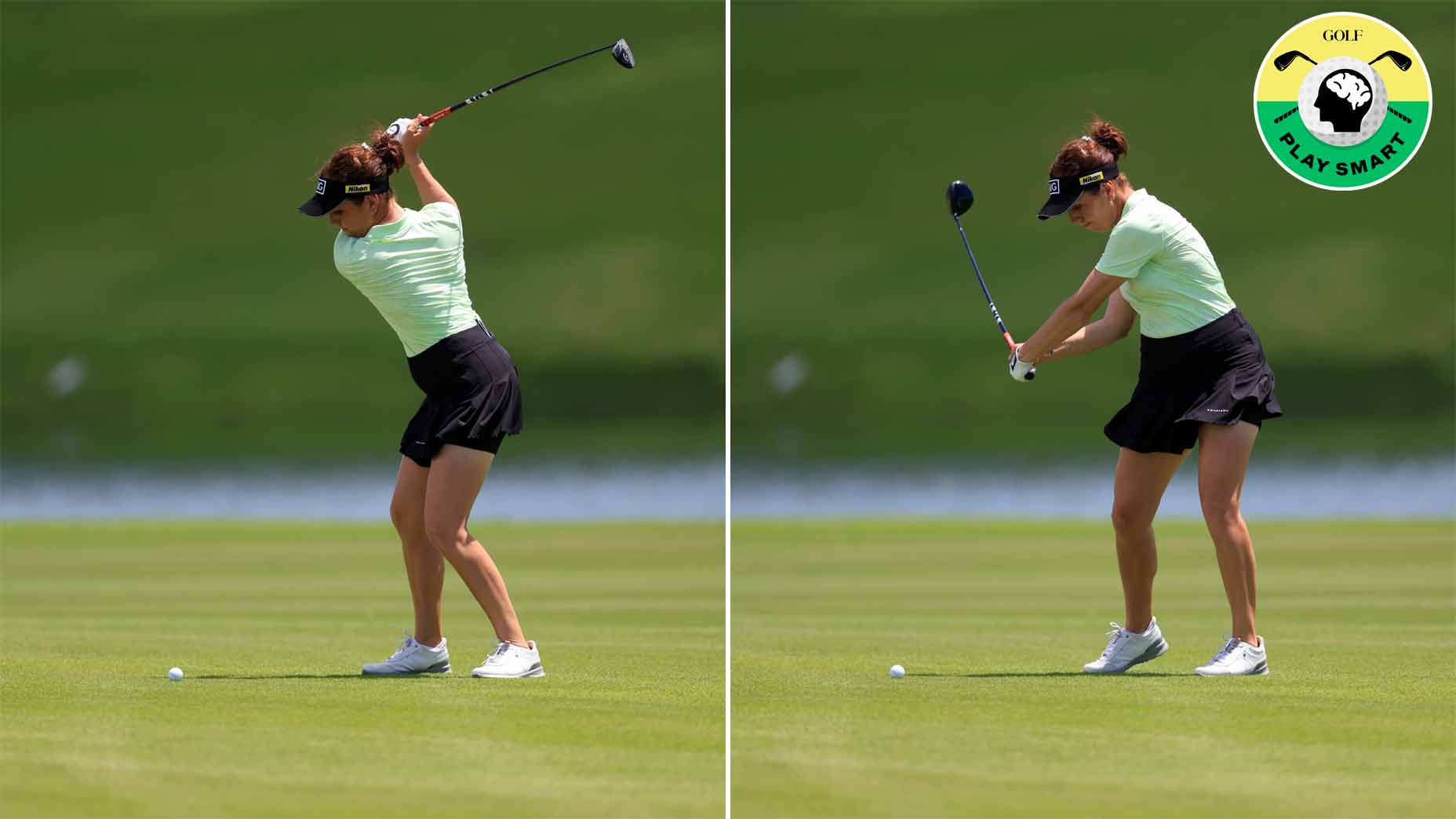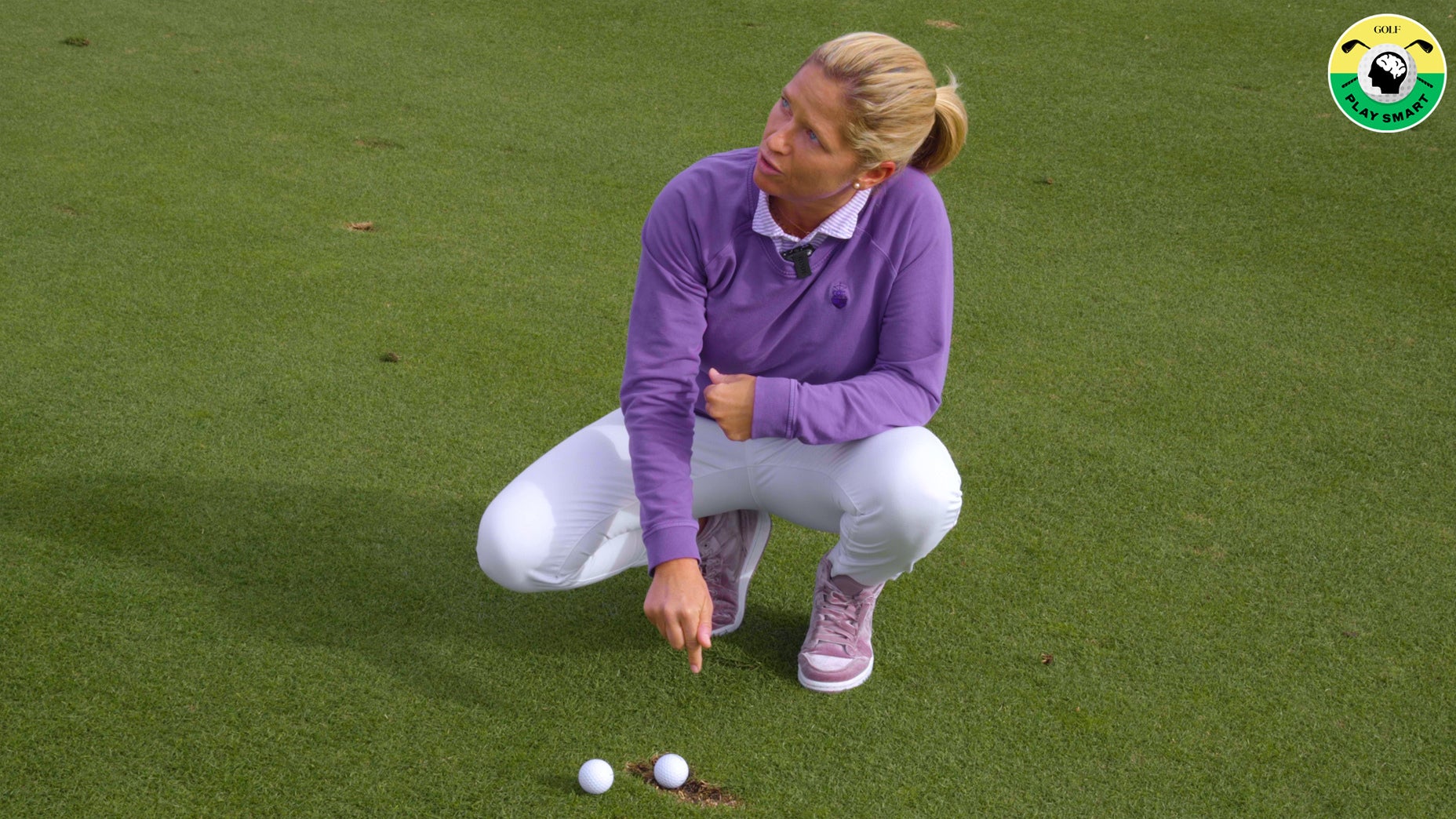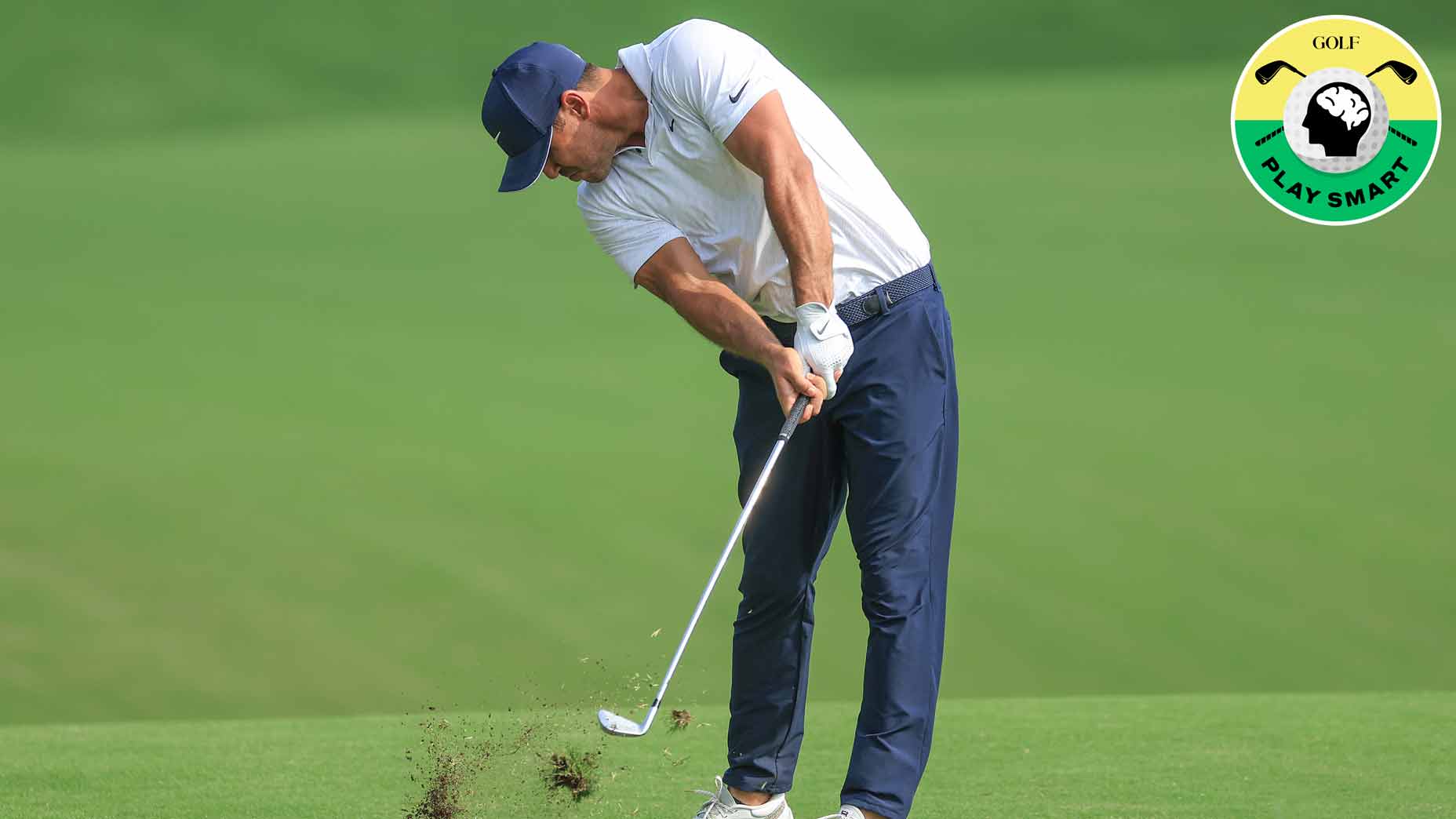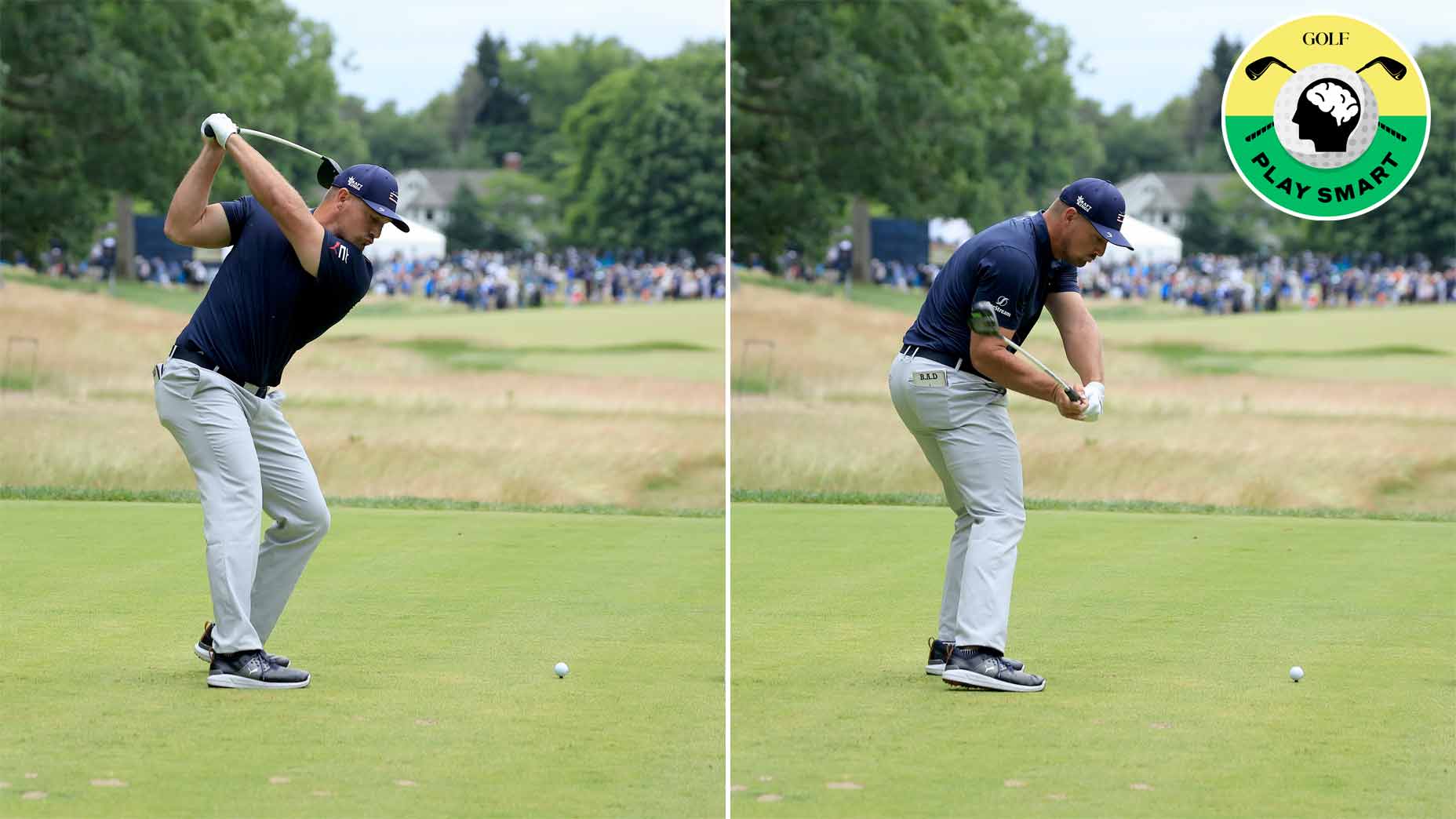‘Turn and burn’: The swing move that’s transforming Jordan Spieth’s game
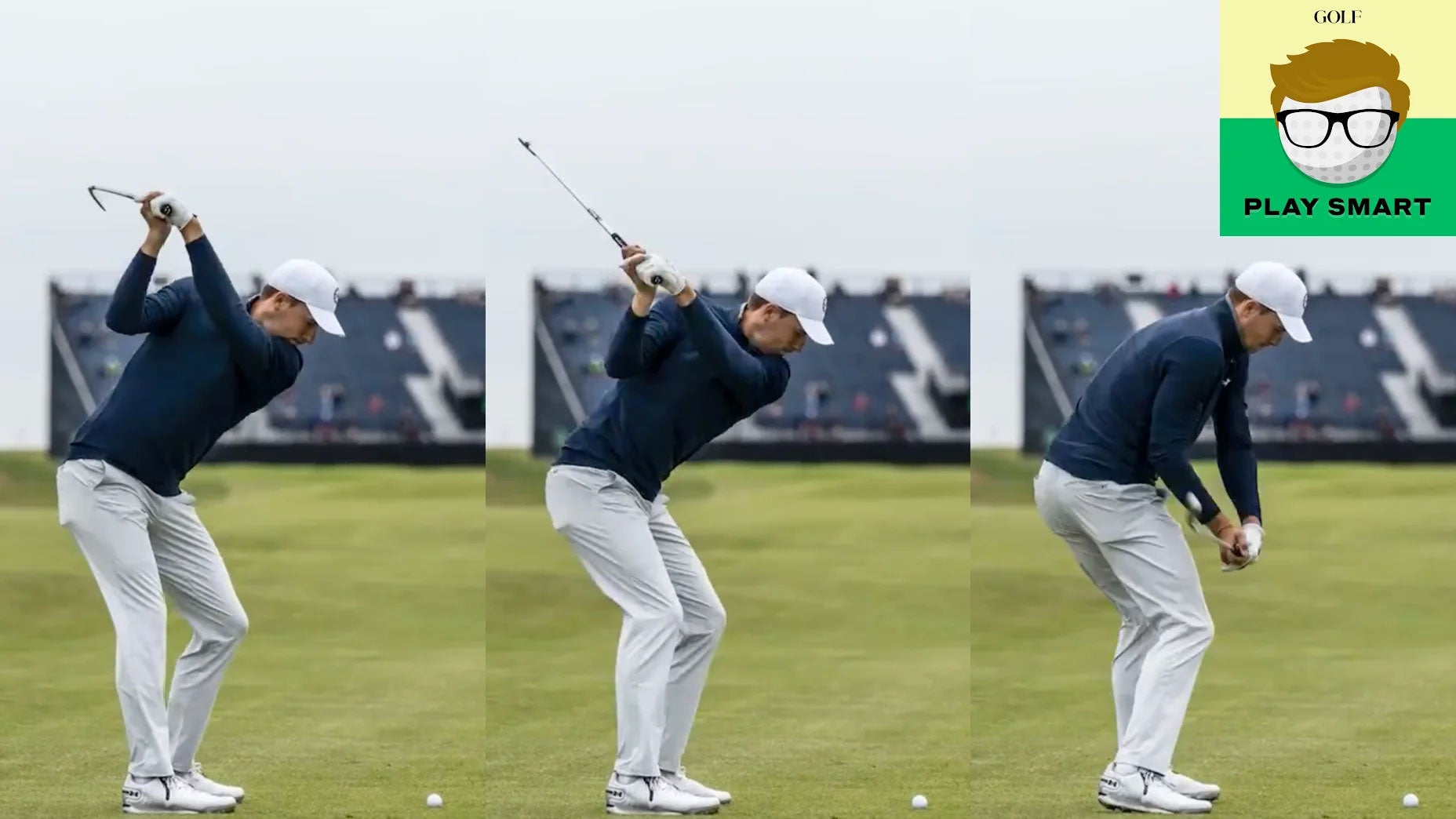
Jordan Spieth says he's been working on dropping the club in the slot, then "turning and burning" with his body
Titleist
Welcome to a special Open Championship edition of Play Smart, a game-improvement column that drops every Monday, Wednesday and Friday from Game Improvement Editor Luke Kerr-Dineen to help you play smarter, better golf.
There’s nothing better than a good swing thought, especially one as catchy as the one Jordan Spieth is sporting right now.
Turning and burning. That’s the move that has prompted a resurgence in Spieth’s game, and propelled him into contention early at the 2021 Open Championship.
During the depths of his slump a few years ago, Spieth was missing everywhere. And before you cite the great work from the crack minds at DECADE Golf proving that that everybody misses in both directions (which is true), I’m not talking about the good kind of two-way miss. The missing-a-fade-left-because-it-stayed-too-straight kind of fade. We’re talking double-crosses: Blocks and fades and pulls and draws. Don’t take my word for it: It was Spieth’s own assessment, often showing remarkable candor and class throughout his struggles.
“Standing on a tee at the U.S. Open and not exactly knowing where the ball is going to go is not a great feeling,” he said at the 2020 U.S. Open. “I know you guys probably haven’t experienced that before, but it’s not incredibly enjoyable.”
There were lots of theories about how things got off for Jordan, but none of them matter now, because earlier this year things started to change.
Swing Evaluation for GOLF.com Readers!
A few months ago, Spieth went pretty in-depth about what he and his swing coach, GOLF Top 100 Teacher Cameron McCormick, had been working on. Mainly, “to get back to what I did best that I didn’t realize I did at the time” he was playing his best golf.
Spieth, in a nutshell, said he was getting too steep. Notice how his hands in the frame below on the right (taken in 2020) are more in front of his body than in the left frame (taken in 2021)? With the club coming down that vertically early in his swing, Spieth would make compensations moments before impact to try to get his swing back into the position he needed it to be to hit the ball. But that many compensations in such a short period of time meant consistent timing became difficult.
“I don’t feel like I have to use my hands as much,” he said. “It’s just too hard to be consistent out here doing that.”
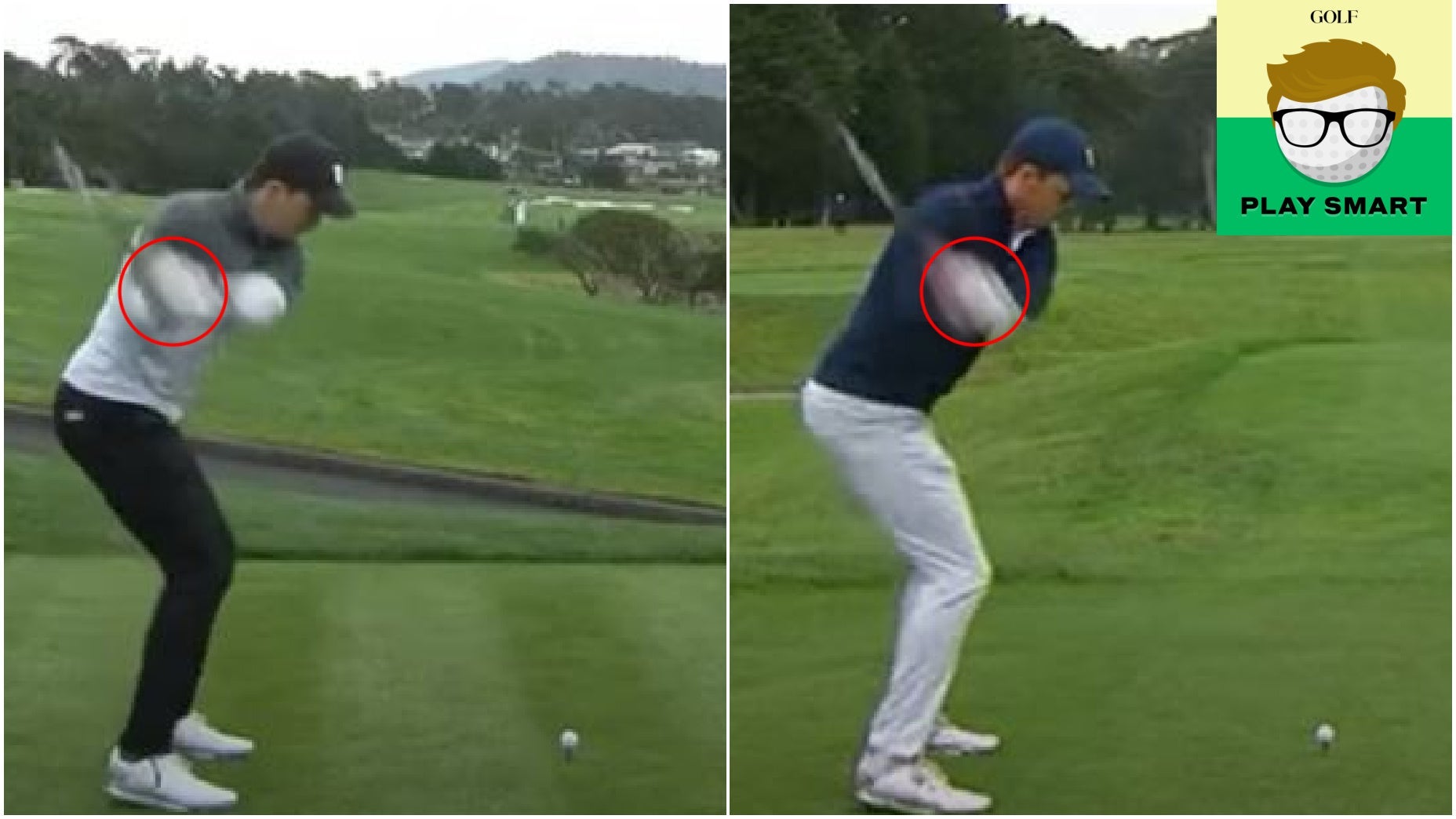
To right the issue, Spieth says he started working on shallowing the club earlier in his downswing, and then turning aggressively through the ball.
“It’s reversing how I was steepening the club [in transition] to shallowing the club, transitionally,” he said. “[Then] I feel like I can kind of turn and burn. I can get over to my left side and clear out…Feeling like you’re kind of hitting the ball with your pivot.”
You can see him practicing this feeling on his practice swings.
Along the way, Spieth’s swing has become more laid-off than it was a few years ago, which actually seems to have the effect of getting his club in the position he wants it to be on his downswing.
Below is a side-by-side of a swing I captured from Spieth at the 2019 Northern Trust Open, compared with one shared by Titleist from his Open Championship practice round, and it’s easy to see how his club is pointing more to the left nowadays. His lead wrist is also more flexed, which has the affect of closing the clubface slightly.
(Yes, I know the camera angle isn’t perfect, but it’s close enough to give you a general idea).
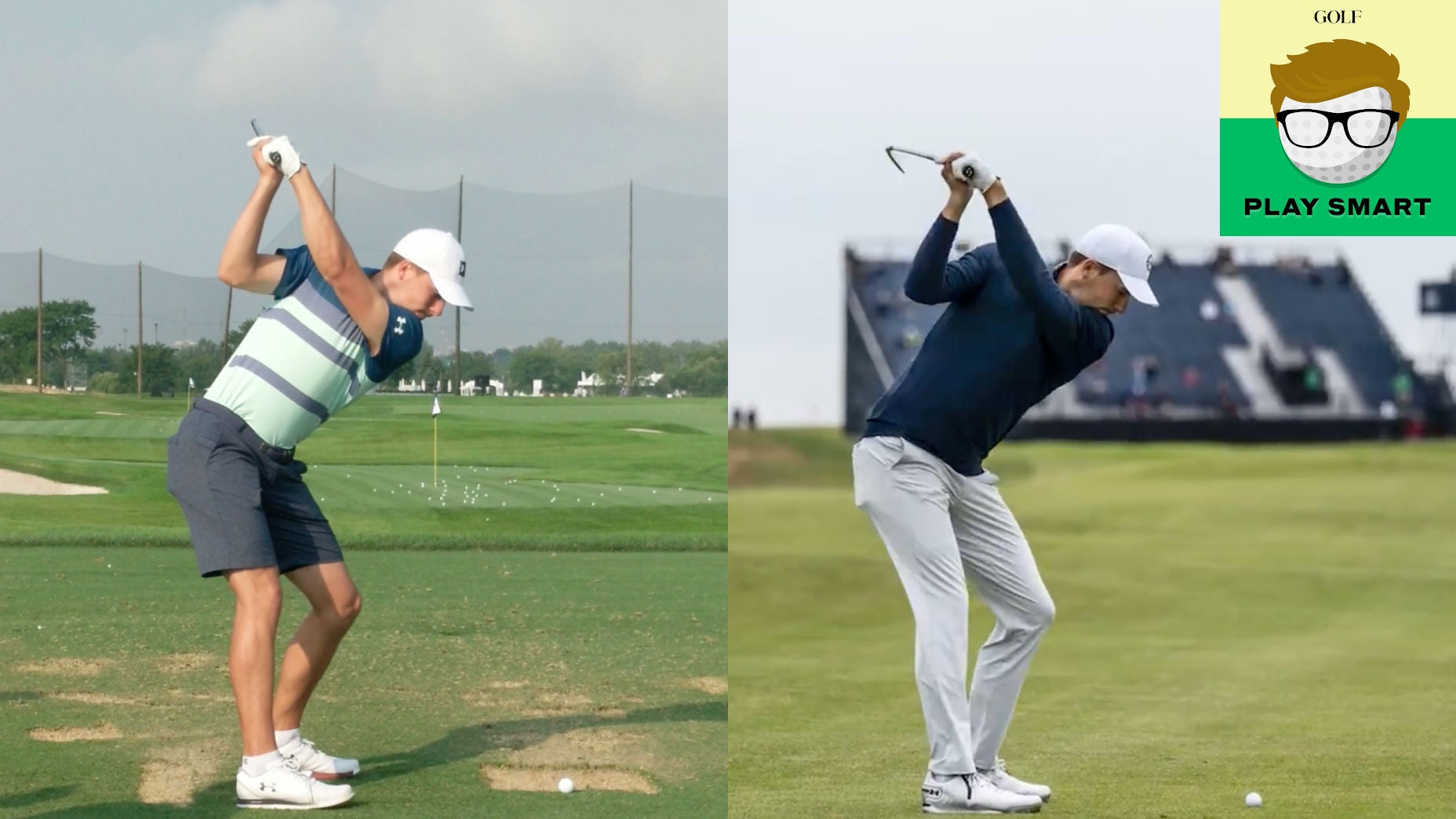
Spieth’s new position seems to get his club into a more shallow position on the way down than it used to be, which is a good reminder for the rest of us: It doesn’t matter how something looks if it gives you the results you want.

With Spith now dropping the club in the spot, it puts him into the “turn and burn” position he wants through the ball. Rotating the pivot of his body, and keeping his hands more quiet.
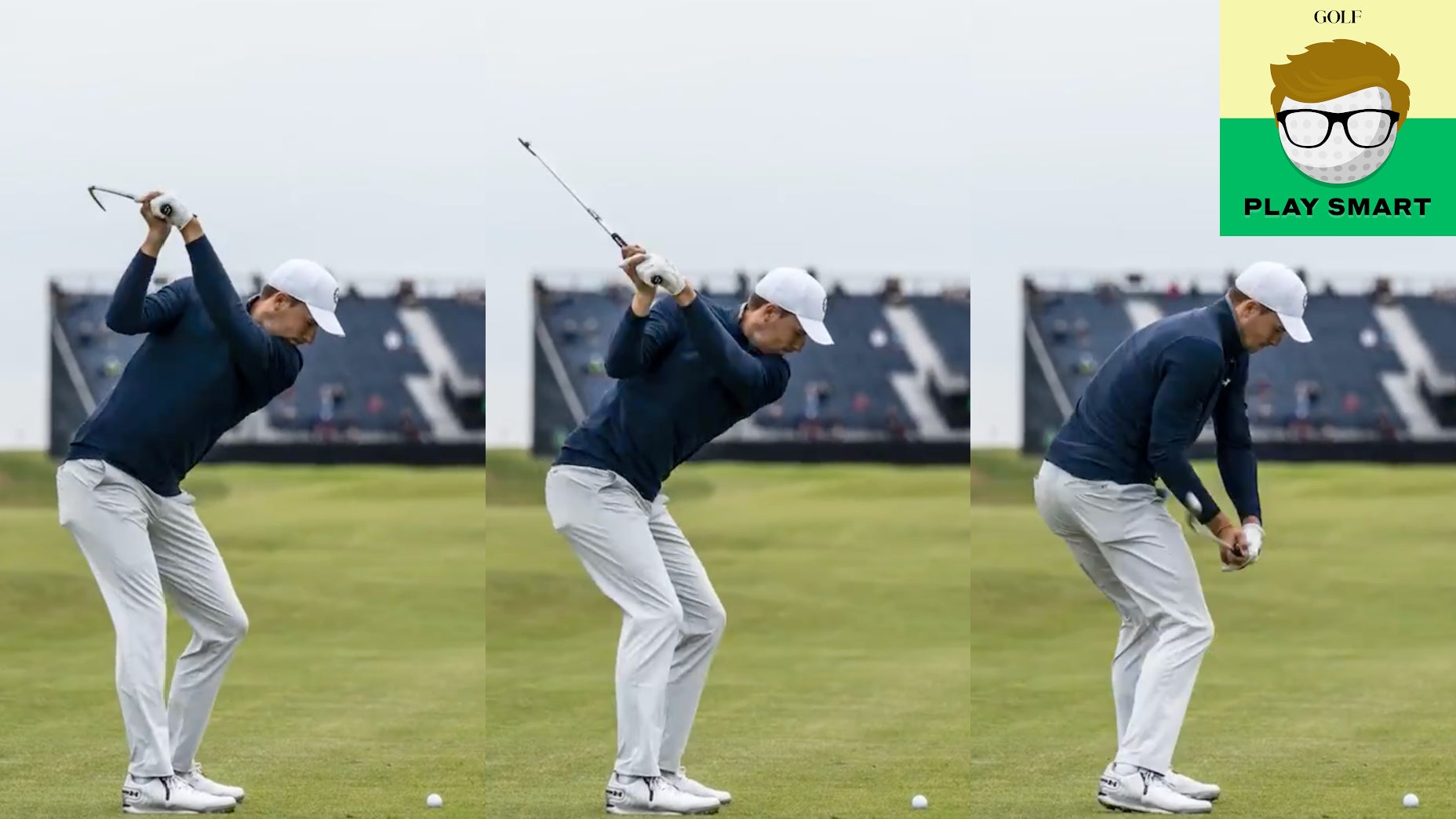
All of which is to say that Spieth’s seems to like the direction he’s going with his golf swing. Speaking after his opening round, he said “figuring things out mechanically” has given him a renewed sense of confidence in his game, though there’s still work to do.
“By no means do I feel like I’m where I want to be mechanically yet,” he says. “but this year has been a really, really good progression for me.”
But perhaps the best thing about Spieth’s swing this week is that he’s not thinking about it at all.
“You get less swing-focused and more shot-focused over here because the second you take your brain off of what you’re hitting, you may not find your ball,” Spieth says of links golf. “I guess to sum that up, there’s a lot of external factors over here, and I think that external is where I need to be living.”
@progolfswings JORDAN SPIETH 🇺🇸 ##golf ##golfer ##golftips ##foryou ##golftiktok ##golfswing ##jordanspieth ##britishopen
♬ original sound – LKD






